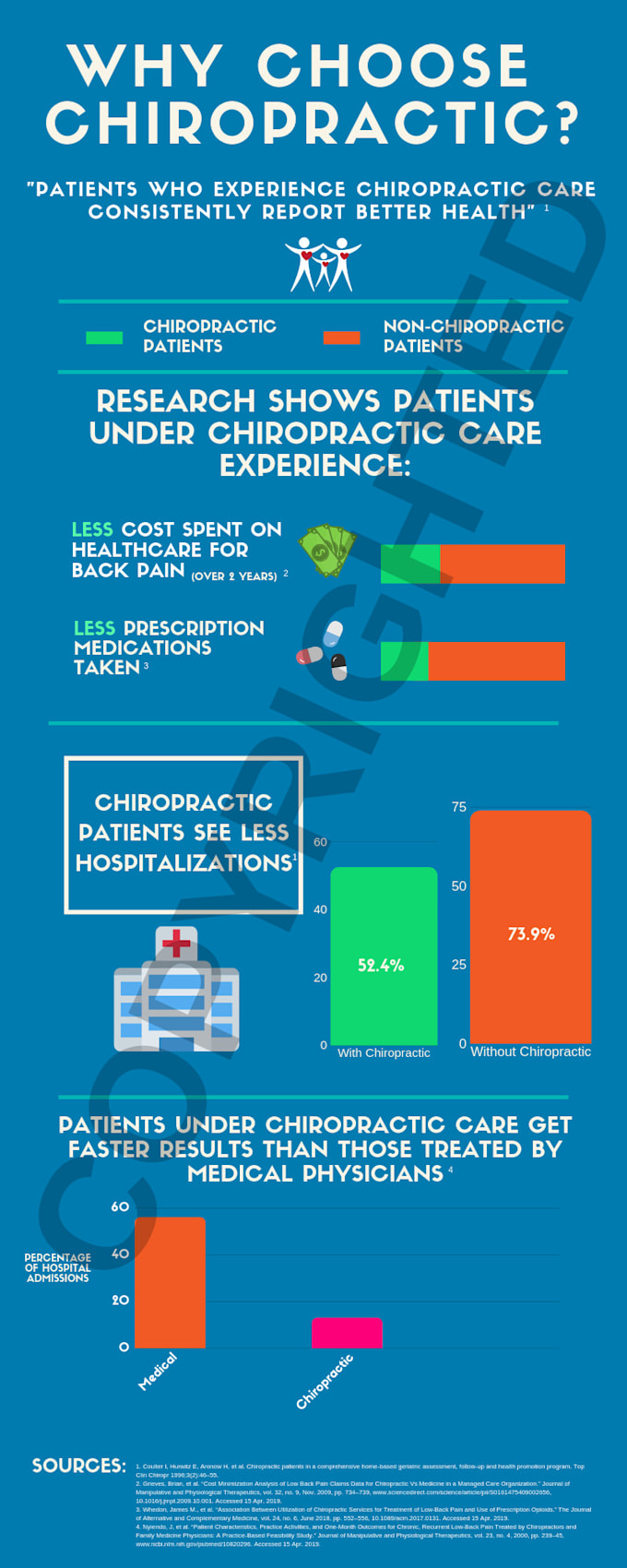Simply How Does Cold Laser Treatment Harness Light To Revolutionize Healing, And What Groundbreaking Opportunities Lie Ahead For Pain Management?
Simply How Does Cold Laser Treatment Harness Light To Revolutionize Healing, And What Groundbreaking Opportunities Lie Ahead For Pain Management?
Blog Article
Uploaded By-Ditlevsen Munck
When thinking about alternate treatments, cold laser therapy stands out because of its one-of-a-kind method to healing. By making use of certain wavelengths of light, it targets mobile functions and advertises recuperation in a non-invasive way. This method not only enhances ATP production but also help in minimizing inflammation and pain. As research study continues to unravel, the effects for rehab and discomfort administration could be considerable. What does this mean for future therapy choices?
The Mechanisms of Cold Laser Treatment
Cold laser therapy, additionally called low-level laser therapy (LLLT), works by promoting mobile function via the application of particular wavelengths of light.
When the laser light penetrates your skin, it connects with the mitochondria in your cells, raising ATP manufacturing. This increase in ATP energizes your cells, advertising healing and regeneration.
The light likewise impacts cell membrane layers, improving their leaks in the structure and facilitating nutrition absorption while removing contaminants. Furthermore, cold laser treatment causes the release of endorphins and reduces inflammation, assisting your body react better to injury.
You'll experience boosted blood flow as the therapy boosts capillary growth, making certain that oxygen and nutrients get to broken tissues much more efficiently.
Comprehending these devices can assist you appreciate its potential in promoting recuperation.
Prospective Benefits of Cold Laser Therapy
When taking into consideration options for discomfort relief and recovery, you could find cold laser therapy to be an attractive choice. This non-invasive technique can help reduce inflammation, relieve pain, and promote tissue repair.
https://www.rdhmag.com/patient-care/lasers/article/14072999/incorporating-lasers-into-dental-hygiene-care report quicker healing times from injuries and surgeries after undertaking cold laser treatment. It's especially helpful for conditions like joint inflammation, tendonitis, and muscle mass stress.
laser therapy treatment might also value that it has marginal negative effects compared to pharmaceuticals. In laser skin care connecticut , cold laser therapy can enhance circulation, which assists in supplying nutrients and oxygen to damaged areas.
Current Research and Medical Applications
As passion in cold laser treatment grows, scientists are exploring its different applications and efficiency in professional setups. You'll locate researches investigating its duty suffering monitoring, injury recovery, and decreasing inflammation.
In physical therapy, practitioners make use of cold laser treatment to enhance healing in sports injuries, while dental professionals are finding it valuable for treating dental discomfort and gum conditions. Continuous trials are analyzing its capacity in treating problems like arthritis and neuropathy.
These researches aim to establish standard methods and does, making certain security and effectiveness. As even more evidence emerges, you may see cold laser treatment becoming a staple in both rehab and pain management, offering clients a non-invasive choice that complements traditional therapies.
Verdict
In conclusion, cold laser therapy provides a promising method to recovery by utilizing details wavelengths of light to boost mobile features and promote healing. With benefits like enhanced blood flow, decreased inflammation, and discomfort alleviation, it's becoming an important alternative for numerous conditions. As research study remains to develop standard methods, you can expect higher approval of this non-invasive treatment in recovery practices and discomfort management strategies, making it a possible game-changer for many people.
